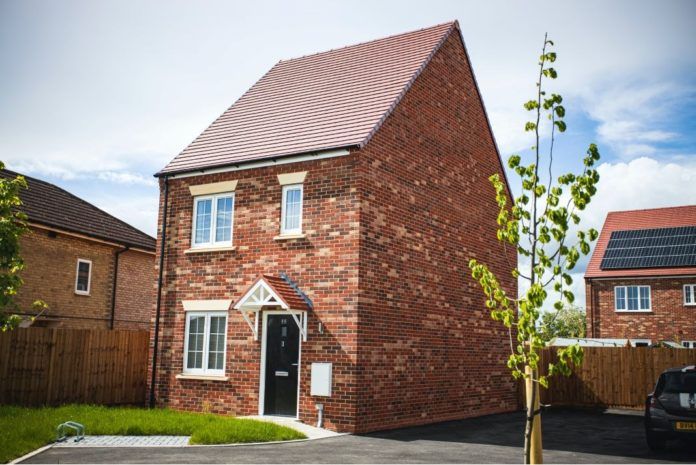
The Chartered Institute of Plumbing and Heating Engineering (CIPHE) has reacted to a latest global report on the risks posed by climate change.
The Climate Change Committee (CCC) has published an Independent Assessment of UK Climate Risk, to set out the priority climate change risks and opportunities the government should embrace for the UK.
The CIPHE said the report starkly warns that climate change has arrived, with the world already experiencing the results of a warming climate.
In the report, it said the CCC identifies eight risk areas that require the most urgent attention in the next two years.
CIPHE noted some of particular interest to the plumbing and heating industry.
RISKS TO THE VIABILITY AND DIVERSITY OF TERRESTRIAL AND FRESHWATER HABITATS
The natural world provides CO2 removal, fresh water supply, flood mitigation and cooling. Biodiversity underlies all economic activity and human wellbeing, globally and in the UK. Many of the services that the natural environment provides, such as flood mitigation, water supply and cooling are also key to societal resilience to climate change.
RISKS TO SOIL HEALTH FROM INCREASED FLOODING AND DROUGHT
We need healthier soil to reduce greenhouse gas emissions. Better soil increases agricultural productivity and frees up agricultural land for carbon sequestration via tree planting, CIPHE noted. The CCC’s recommended Net Zero pathway requires a 10% per decade improvement in crop yields to achieve this.
RISKS TO SUPPLY OF FOOD AND GOODS
Most products, goods, components and materials, have complex supply chains. Extreme weather is already causing supply chain disruption and exposure to climate hazards is set to increase.
RISKS FROM CLIMATE-RELATED FAILURE OF THE POWER SYSTEM
The report states that, ‘The UK will become more dependent on electricity as we reduce our greenhouse gas emissions to Net Zero and it becomes our dominant energy source. Electricity provides about 15 – 20% of our energy today. By 2050 it could account for around 65%, as we transition to the use of electricity for heat, transport and across industry, as well as light, communications and delivery of other critical services such as water. People and the economy will be increasingly exposed and vulnerable to electricity system failures.’
The power sector is vulnerable to the major climate hazards: flooding, water shortages, increased temperatures, wildfire, sea level rise and potential increases in storms, swells and wave heights. As our dependence on electricity grows, so will the risks of disruption and power failure.
RISKS TO HUMAN HEALTH FROM INCREASED EXPOSURE TO HEAT IN HOMES AND OTHER BUILDINGS
Those with existing heart and respiratory conditions are at risk of illness and death from high temperatures. There were more than 2,500 heat-related deaths during the 2020 heat wave in England, higher than at any time since records began in 2003, CIPHE noted.
The report warns that hot summers are likely to occur every other year by 2050, and that the number of heat-related deaths could more than triple from around 2,000 per year to around 7,000. As well as a risk to life, high temperatures will lead to productivity losses for UK workers. With more people working from home, the risk of exposure to heat in homes will increase. Overheating in homes also has implications for the future delivery of in-home health and social care.
Kevin Wellman, CEO of the CIPHE, said: “Climate change is a matter of high national importance, with links throughout the plumbing and heating industry. Swift amends to Building and Water Regulations are required to enact meaningful change. However, it’s clear that regulatory amends alone will have little impact if the workforce is not adequately trained, the supply chain is disrupted or the infrastructure is not in place.
“While the heating industry is engaging with the move to Net Zero, it is just one piece in a very complex puzzle. We stand with the CCC on their call to future proof housing. Since the previous Climate Change Risk Assessment in 2017, a staggering 570,000 new homes have been built in England that are not resilient to future high temperatures. We need to strike the balance between thermal efficiency, heat exposure and maintaining good indoor air quality. Housing stock that is not fit for purpose will require costly retrofit to make properties safe, habitable and water efficient in the future.”
